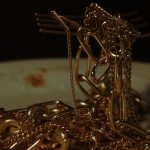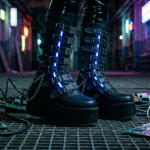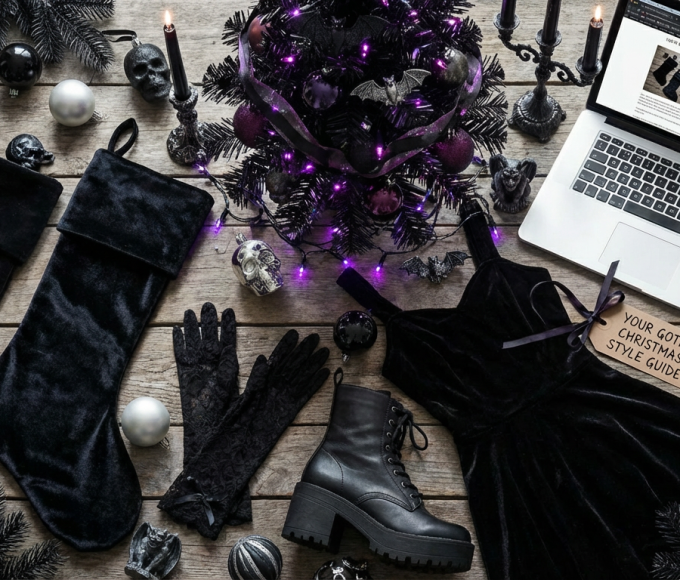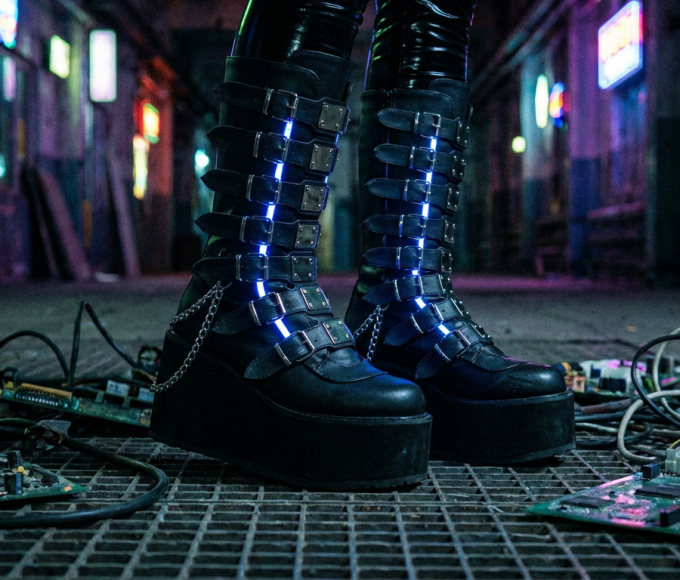In the realm of body modification, a belly button piercing, also commonly known as a navel piercing, is characterized by the piercing of both the skin and underlying tissue in the region of the navel. It has maintained popularity over the years as a chic and visually appealing form of self-expression. This stylish adornment allows people to showcase their unique style and adds a touch of personal flair to their appearance.

If the idea of getting a belly button piercing is on your mind now, a frequent consideration is the extent of discomfort associated with the process. When it comes to assessing the pain level of a belly button piercing, several factors come into play. These include individual pain tolerance, the expertise of the piercer, types of piercing, and styles of belly piercing jewelry. With a comprehension of these factors, you can equip yourself better for the potential discomfort that may come with the procedure.
1. Individual Pain Tolerance
Pain is subjective, and everyone’s pain threshold varies. For someone with a high pain tolerance, the belly button piercing process may be relatively painless. They might describe the sensation as a quick pinch or pressure that subsides quickly. While some people may have more sensitive nerve endings in the belly button area, making the process slightly more uncomfortable for them. However, if someone is particularly anxious about getting a belly button piercing, they may perceive the pain to be more intense than it actually is. In such cases, it can be helpful to communicate openly with the piercer, ask questions, and express any concerns to help alleviate anxiety. It’s important to know that pain is temporary, and the end result can outweigh any momentary discomfort.

2. Expertise and Professionalism of the Piercer
Choosing an experienced and skilled piercer is crucial in minimizing pain during the belly button piercing process. Look for a piercer who specializes in body piercings and has extensive experience with belly button piercings specifically. An experienced piercer will have a better understanding of the anatomy, placement, and techniques required for a successful and less painful piercing.
Furthermore, consider reading reviews on the internet and examining social media platforms for opinions from the local community regarding piercers. Pay attention to comments regarding pain levels during the process and the overall satisfaction of previous clients. This allows you to assess the quality of their piercings and see if their style aligns with your preferences.

3. Different Types of Belly Piercings
Generally, the type of belly button piercing can indeed affect the pain experienced during the procedure. Different types of navel piercings involve varying techniques and areas of the navel being pierced, which can result in different levels of discomfort. Here are some examples:
Standard Navel Piercing
This is the most typical style of belly button piercing, involving jewelry placement through the navel’s upper rim. The pain level for this piercing is typically moderate, as the needle passes through a layer of skin and fatty tissue. However, since it is a popular and well-practiced technique, professional piercers are usually good at minimizing discomfort.
Inverse Navel Piercing
In an inverse navel piercing, the jewelry is inserted through the lower rim of the navel instead of the upper rim. This type of piercing can be slightly more painful than a standard navel piercing because the needle passes through a thicker layer of tissue. However, many people describe the sensation as a sharper or deeper pinch.

Double Navel Piercing
Double navel piercings involve having two separate piercings on either side of the navel. The pain experienced with double navel piercings can vary depending on individual anatomy and pain tolerance. Some people may find that the second piercing is less painful since they already know what to expect from the first one.
Surface Piercing
A surface piercing is when the jewelry is placed horizontally across the surface of the skin above or below the navel. This type of piercing is more painful than standard navel piercings because it involves piercing through a larger area of skin. In addition, surface piercings are more prone to rejection or migration due to the natural movements and tension in the specific region.
4. Types of Belly Piercing Jewelry
However, the choice of body piercing jewelry can also impact the pain experienced during and after the piercing. Here are some examples of different types of belly piercing jewelry and how they may affect pain levels:
- Barbell: A barbell is a common type of belly piercing jewelry consisting of a straight bar with a ball or decorative end on each side. The size and shape of the barbell can influence comfort during the healing process. A longer barbell may cause more movement and discomfort, while a properly fitted one can minimize irritation and pain.
- Curved Barbell: A curved barbell is specifically suitable for navel piercings, with a slight curve to fit the natural shape of the navel. Choosing this navel piercing jewelry style can enhance comfort and minimize the chance of irritation or pressure on the surrounding tissue.

- Captive Bead Ring (CBR): A captive bead ring is a circular piece of jewelry with a small opening where a removable bead is inserted to secure it in place. The pain experienced during the piercing itself may be similar to other types of piercing jewelry, but CBRs can sometimes cause more discomfort during the healing process due to the movement of the belly ring and potential snagging on clothing.
- Dangling Jewelry: Dangling belly button jewelry typically consists of a decorative charm or pendant attached to a barbell or CBR. During the healing period, the added weight and movement of dangling jewelry can potentially cause more discomfort or irritation, although the initial piercing process remains unaffected by its presence. Consider this when choosing your jewelry.
Devil Bat Spider Zinc Alloy Belly Button Ring
All in all, the type of belly piercing jewelry can impact the overall experience, from the ease of the piercing procedure to the comfort and healing process. It’s essential to communicate preferences with the professional piercer, consider the potential impact on the healing period, and choose jewelry that aligns with both style and comfort.
Conclusion
While pain levels associated with belly button piercings vary from person to person, understanding the factors that influence pain can help manage expectations. Remember to choose a reputable piercer, opt for a suitable piercing type and high-quality jewelry, and follow proper aftercare practices to minimize discomfort.
Ultimately, the pain experienced during the piercing process is temporary, and many individuals find that the end result is well worth it.
Daisy
Daisy Wang is a talented and passionate writer known for her captivating storytelling and love for literature. With a diverse background and a bachelor's degree in English Literature, Daisy brings a unique perspective to her work. Her areas of expertise span various subjects, including history, fashion, and lifestyle. Through her words, Daisy aims to inspire curiosity, foster meaningful connections, and leave a lasting impact on readers.
2 Comments
Leave a Reply Cancel reply
Recent Posts
Your Goth Christmas Style Guide
11/25/2025Cybergoth Aesthetic
11/11/2025Categories
Related Articles
Acubi Fashion: The Ultimate Guide to the Minimalist Edgy Look
In the fast-moving world of digital trends, fashion cycles seem to refresh...
ByAlicia12/25/2025Your Goth Christmas Style Guide
The holiday season is often painted in bright reds, greens, and sparkling...
ByAlicia11/25/2025Moss & Misdemeanor: Fairy Grunge Style and Outfits
The fashion world constantly mixes ideas to create new, unique looks. The...
ByAlicia11/18/2025Cybergoth Aesthetic
The alternative landscape is constantly evolving, but few aesthetics hit as hard...
ByAlicia11/11/2025













It’s like you read my mind! You seem to know a lot about this, almost like you wrote the book on it or something. I believe you could add a few pictures to drive the message home a bit, but other than that, this is a fantastic blog. A great read! I’ll definitely be back.
Thank you so much for your kind words! I’m thrilled to hear that you enjoyed the blog. I’ll certainly consider adding more pictures to enhance the content. Your feedback is valuable, and I look forward to having you back for more great reads!